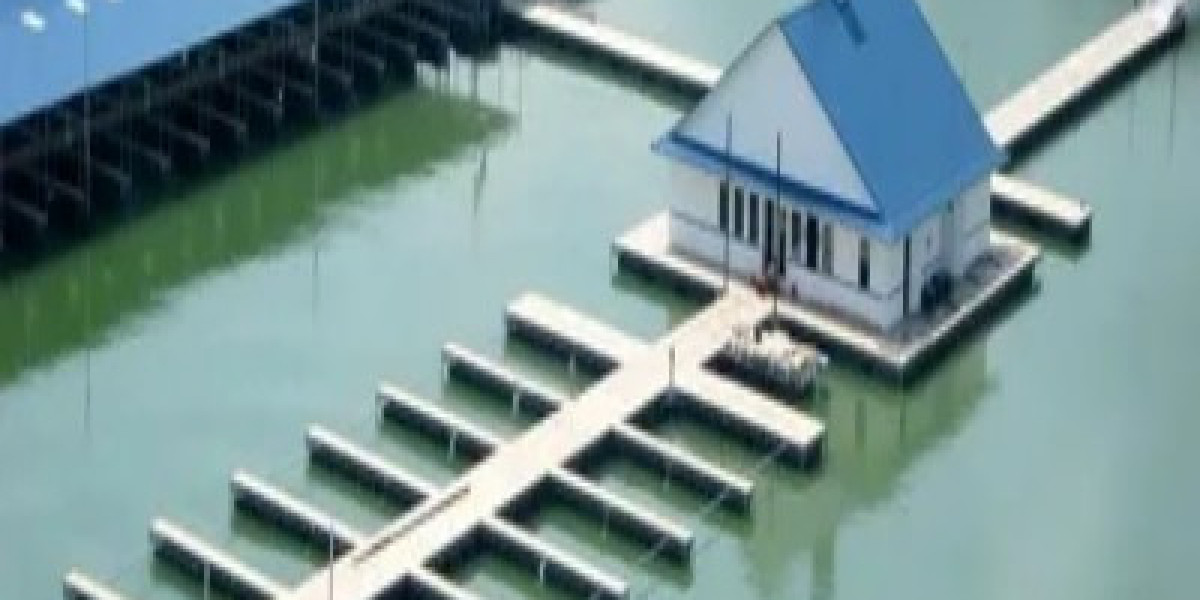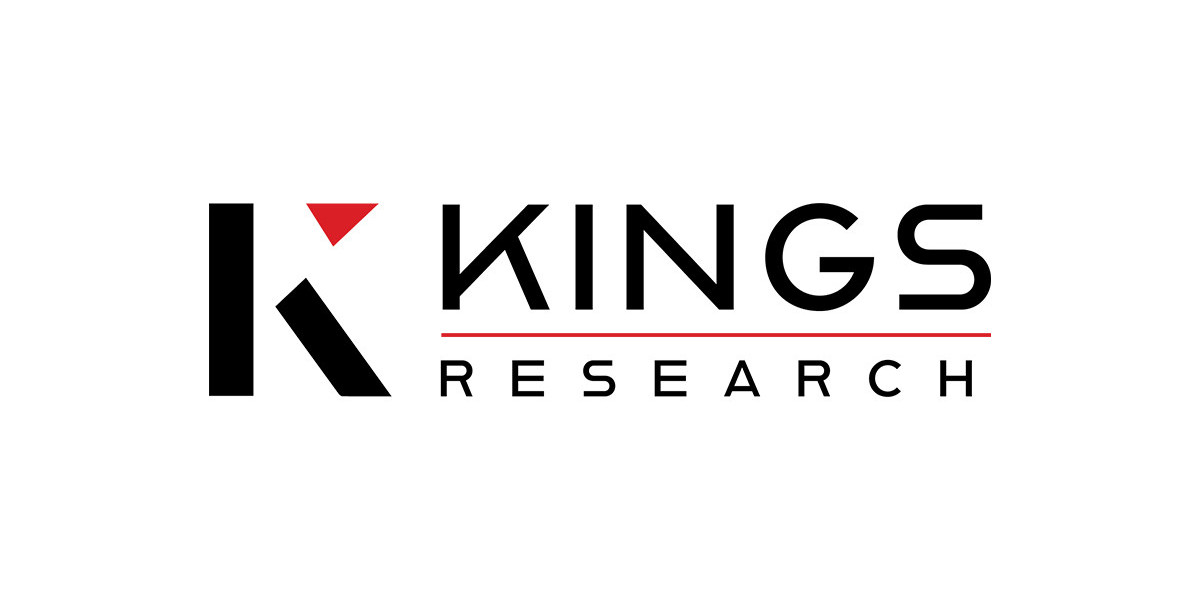Floating docks provide boat owners with access to their watercraft anywhere there is shoreline. Unlike stationary docks that require specific water depths and shorelines to anchor to, floating docks can be installed in various bodies of water regardless of depth or shore conditions. This mobility and versatility make floating docks an ideal solution for many marinas, boat clubs, and residential properties.
Construction and Design
Floating Docks are constructed using either aluminum or polyethylene. The structure features foam insulation sandwiched between sturdy outer layers to provide buoyancy. Flotation chambers are incorporated along the outer edges to help the docks remain level on the water's surface. Dock sections are connected using flexible joints and hardware that allows the docks to move up and down gently with waves and water fluctuations. Advanced designs now include spring-loaded or shock-absorbing connections for even smoother movement. Decks are positioned above the waterline for easy walking access and safety.
Dock Systems Can Vary in Size and Layout
Floating docks are manufactured in modular sectional pieces ranging from small single-boat ports to extensive multi-slip community docking areas. This modularity allows the systems to be customized to any waterfront configuration or capacity needs. Single-user docks may include just a basic landing section connected to a short slip for one boat. Larger versions feature multiple finger piers attached perpendicularly to main walkways for docking many watercraft side by side. Some innovative designs provide multi-level or even freestanding floating islands equipped with all boat service utilities.
Mooring Options for any Water Conditions
Unlike conventional anchor and chain systems that work best in significant water depths, floating docks require alternative mooring designs. Most commonly, weighted piles are driven into the lake or river bottom and connected by straps or cables up to the dock perimeters. This secures the structures in place while still allowing them to move freely on the water's surface. Alternately, deadmen anchors can be used to tie off docks to shore in shallower areas. Where shorelines are unsuitable, advanced floating docks now offer full freestanding capabilities without any external mooring.
Installing and Maintaining Floating Docks
Professional dock installers are typically hired to complete floating dock projects. The modular sections are floated into place and connected together before securing the mooring hardware. Electrical and water hookups can then be run to supply utility services. Like any marine structure, periodic maintenance is required to keep floating docks in good condition. Fasteners should be inspected and retightened as needed, while dock surfaces may require cleaning or treating. Unfortunately dock sections can sustain damage from weather, debris, or mishandling over time that requires repair or replacement. However, the modular nature of these systems means repairs are generally less complex than with conventional piling docks.
Advantages of Using Floating Docks
The combination of movability and customizable modular designs make floating docks an excellent solution for accessing boats moored in many different waterfront scenarios. They provide secure access to watercraft without restrictions on water depth, shoreline gradient, or substrate conditions like sandbars. Unlike stationary docks, floating versions yield less disruption to the natural marine environment during installations. Maintenance requirements are also less physically demanding compared to lifting and hauling dock sections over rollers. When sections degrade, only the damaged portions require replacing instead of complete dock rebuilds. Overall, floating docks deliver convenience and practical utility for boaters worldwide.
Get This Report in Japanese Language: フローティング・ドック
Get This Report in Korean Language: 플로팅 도크
About Author:
Priya Pandey is a dynamic and passionate editor with over three years of expertise in content editing and proofreading. Holding a bachelor's degree in biotechnology, Priya has a knack for making the content engaging. Her diverse portfolio includes editing documents across different industries, including food and beverages, information and technology, healthcare, chemical and materials, etc. Priya's meticulous attention to detail and commitment to excellence make her an invaluable asset in the world of content creation and refinement. (LinkedIn- https://www.linkedin.com/in/priya-pandey-8417a8173/)








